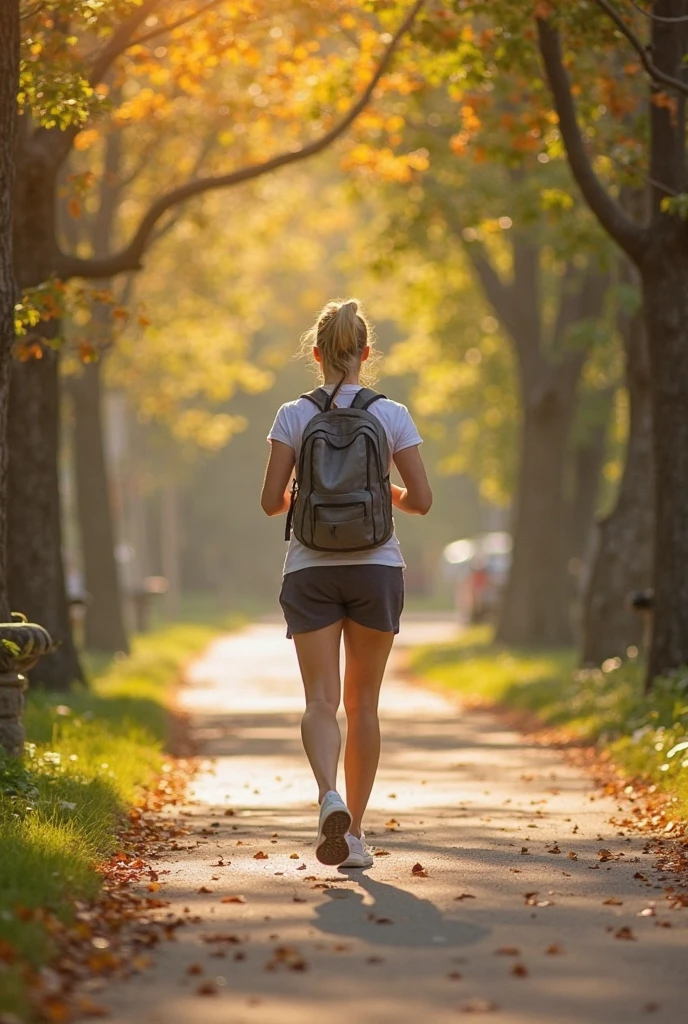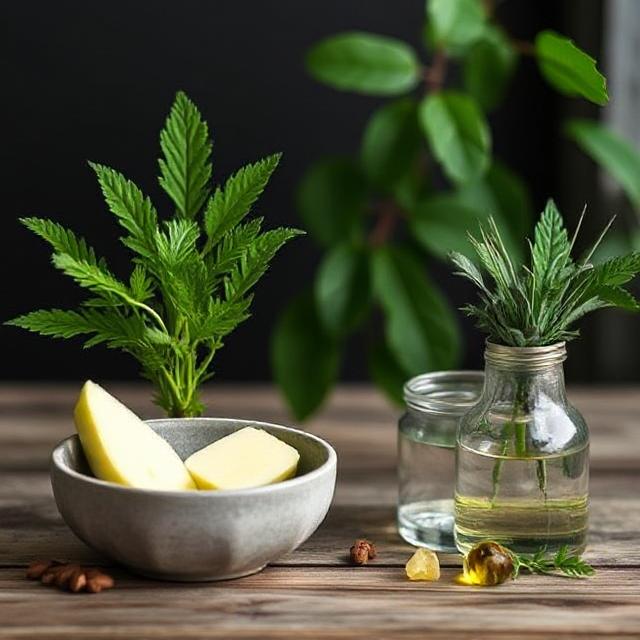
Table of Contents
Introduction
In a world filled with complex workout routines and expensive fitness programs, walking daily remains one of the simplest and most powerful ways to boost your health. Whether you walk around your neighborhood, at the local park, or on a treadmill, the benefits go far beyond just physical fitness.
According to the Centers for Disease Control and Prevention (CDC), just 150 minutes of moderate aerobic activity per week — such as brisk walking — can significantly improve your health and well-being. Let’s explore the top 10 amazing health benefits of walking daily and how incorporating this habit into your routine can lead to a longer, healthier life.
1. Improves Heart Health
One of the most significant benefits of daily walking is improved cardiovascular health. Regular walking helps lower blood pressure, reduce bad cholesterol (LDL), and increase good cholesterol (HDL).
A study published in the American Journal of Preventive Medicine found that people who walk briskly for 30 minutes a day have a lower risk of heart disease and stroke.
Pro Tip: Combine walking with a heart-healthy diet like the DASH diet for even better results health benefits.
2. Supports Weight Loss and Management
Walking daily helps burn calories and improve metabolism, making it a highly effective tool for weight loss and weight maintenance. You don’t have to walk for hours — even 30–45 minutes of brisk walking can make a difference.
According to Harvard Health Publishing, a 155-pound person burns approximately 149 calories during a 30-minute brisk walk.
Internal Link: Learn more about natural weight loss in our article on Top 7 Proven Fat-Burning Foods.
3. Enhances Mental Health
Walking is not just beneficial for your body — it’s great for your mind as well. Studies show that regular walking reduces symptoms of anxiety, depression, and stress.
Physical activity stimulates the release of endorphins, often referred to as “feel-good” hormones. It also health benefit lowers cortisol levels, helping you feel calm and more balanced emotionally.
A peaceful walk in nature (known as forest bathing in Japan) can amplify these mental health benefits.
4. Boosts Immune Function
A strong immune system helps protect you from illnesses, and walking can give your immunity a much-needed lift. Research from Harvard Medical School suggests that moderate exercise like walking can increase the circulation of immune cells in your body.
Regular walkers tend to have fewer colds, and if they do get sick, symptoms are often milder and shorter in duration.
Pro Tip: Pair walking with immune-boosting foods like citrus fruits and leafy greens.
5. Strengthens Muscles and Joints
Walking is a low-impact exercise that helps maintain joint flexibility and strengthens muscles in your legs, hips, and lower back. It’s particularly health benefit helpful for people with arthritis or joint pain.
According to the Arthritis Foundation, walking lubricates the joints and helps reduce stiffness.
Combine walking with light strength training for better overall muscle tone health benefit.
6. Reduces Risk of Chronic Diseases
Daily walking has been linked to a reduced risk of chronic diseases such as:
- Type 2 Diabetes
- Hypertension
- Osteoporosis
- Certain types of cancer
In fact, the American Diabetes Association recommends walking as one of the easiest and most effective ways to control blood sugar.
Even 15-minute walks after meals can help regulate blood sugar levels health benefits.
7. Improves Digestion
Walking can improve your digestive system by helping food move more efficiently through your intestines. Taking a short walk after meals stimulates digestion and can help reduce bloating and health benefits constipation.
A study in the Journal of Gastrointestinal and Liver Diseases found that post-meal walks help speed up gastric emptying and reduce symptoms of indigestion.
Aim for a gentle 10–15 minute walk after lunch or dinner.
8. Enhances Sleep Quality
If you struggle with sleep, incorporating a daily walk into your routine might help. Walking can help regulate your circadian rhythm, reduce stress hormones, and tire your body naturally — all contributing to better sleep quality health benefits.
In a study published in Sleep Health, people who walked regularly were more likely to report better sleep duration and quality compared to those with sedentary lifestyles.
Walking in the morning sunlight can help reset your internal clock for optimal sleep health benefits.
9. Improves Balance and Coordination
As we age, balance and coordination become increasingly important to prevent falls and injuries. Walking improves the function of your legs, ankles, and core muscles, which enhances stability.
Practicing mindful walking — where you pay attention to posture and stride — can also strengthen neuromuscular connections, improving health benefit overall body control.
Try adding a few minutes of balance exercises to your walking routine for added benefits.
10. Increases Longevity
It’s true — walking daily can help you live longer. Numerous studies have shown that regular walking is associated with a lower risk of premature death.
A large study published in JAMA Internal Medicine concluded that walking at least 7,000 steps a day is linked to a 50–70% lower risk of mortality in middle-aged adults.
Every step you take is an investment in your future health and vitality.
Bonus: Walking is Free and Flexible
Let’s not forget that walking is completely free, doesn’t require any special equipment, and health benefits can be done almost anywhere — from your neighborhood to a local park, or even inside a mall during colder months.
You can also make walking more fun by:
- Listening to podcasts or audiobooks
- Walking with a friend or pet
- Exploring new scenic routes
- Tracking steps with a fitness app or wearable
How to Start a Daily Walking Routine
Starting a daily walking routine is easier than you might think. Here are a few tips to get you going:
| Step | Action |
|---|---|
| 1 | Start with 10–15 minutes a day |
| 2 | Wear comfortable shoes |
| 3 | Use a fitness tracker (like Fitbit) |
| 4 | Set realistic goals (e.g., 5,000–10,000 steps) |
| 5 | Choose safe, well-lit walking paths |
| 6 | Warm-up and cool-down stretches |
Final Thoughts
Walking may seem simple, but its impact on your health is extraordinary. From improving heart health and mental well-being to reducing the risk of chronic diseases and helping you sleep better — the benefits are vast and well-supported by science.
So lace up your sneakers, take that first step, and let walking transform your health — one stride at a time health benefits.
Frequently Asked Questions (FAQs)
How many steps should I walk daily for health benefits?
Experts suggest aiming for 7,000–10,000 steps per day, but even 4,000–5,000 steps can provide health benefits.
Is walking better than running?
For many people, walking is safer and more sustainable than running. It’s easier on the joints and still offers substantial health benefits.
Can I lose belly fat by walking daily?
Yes. Walking burns calories and can help reduce visceral fat, especially when combined with a healthy diet.






